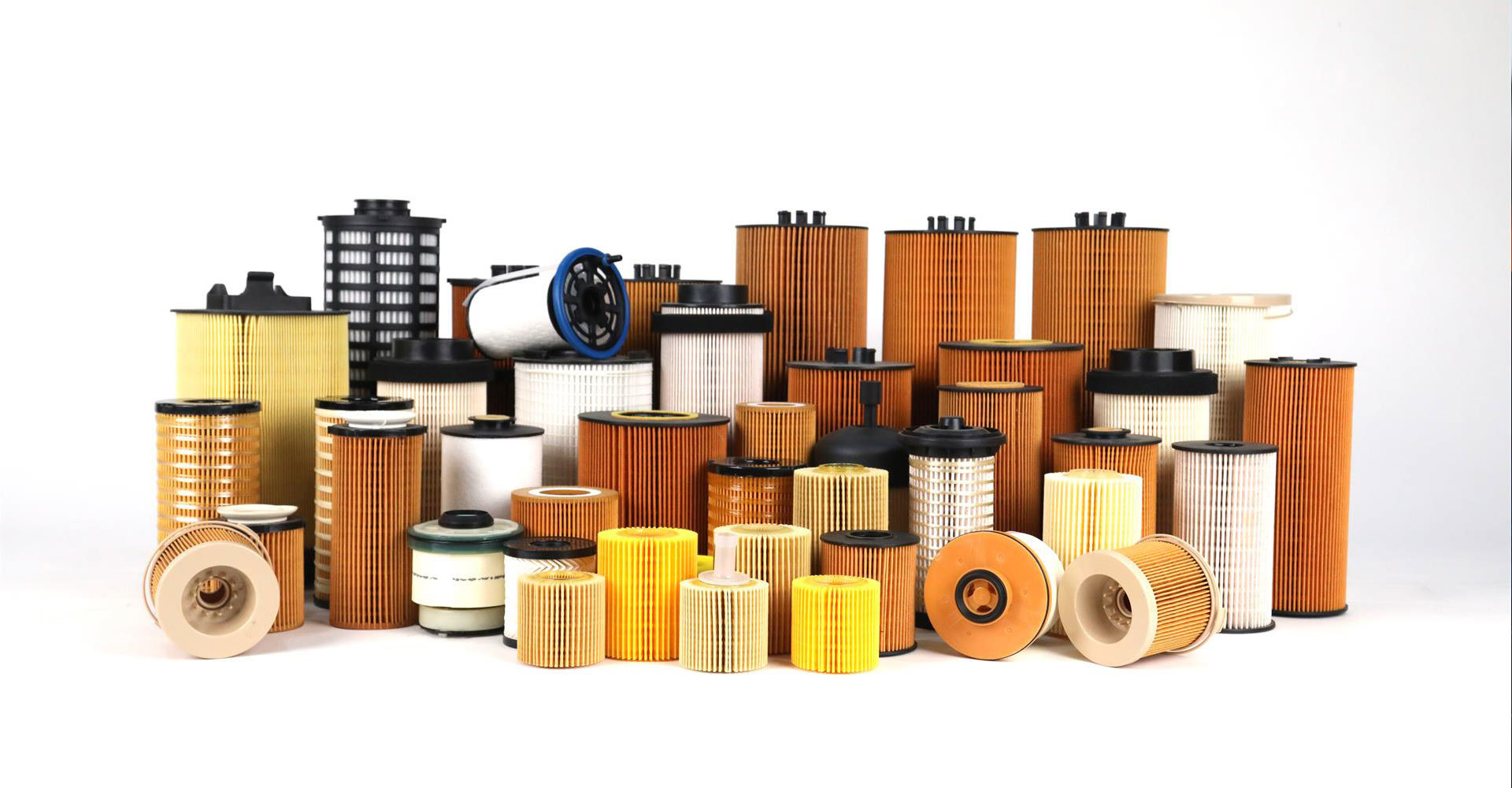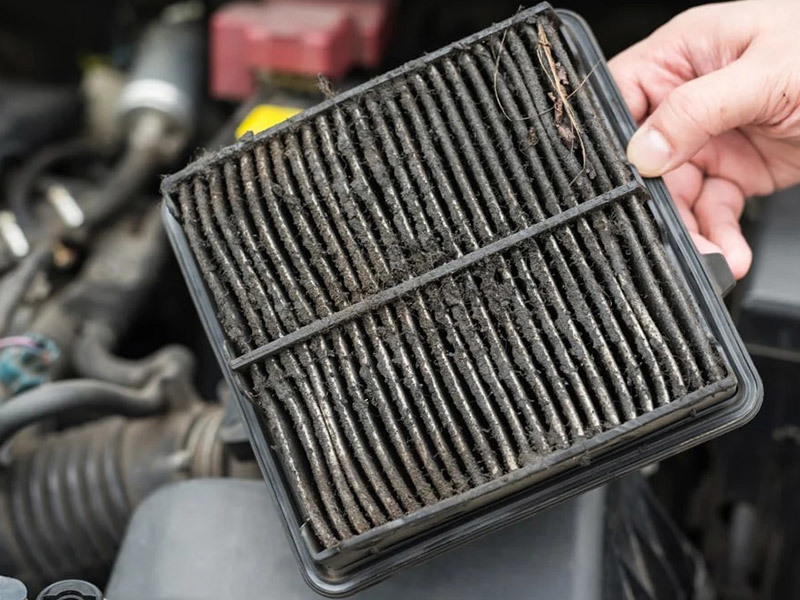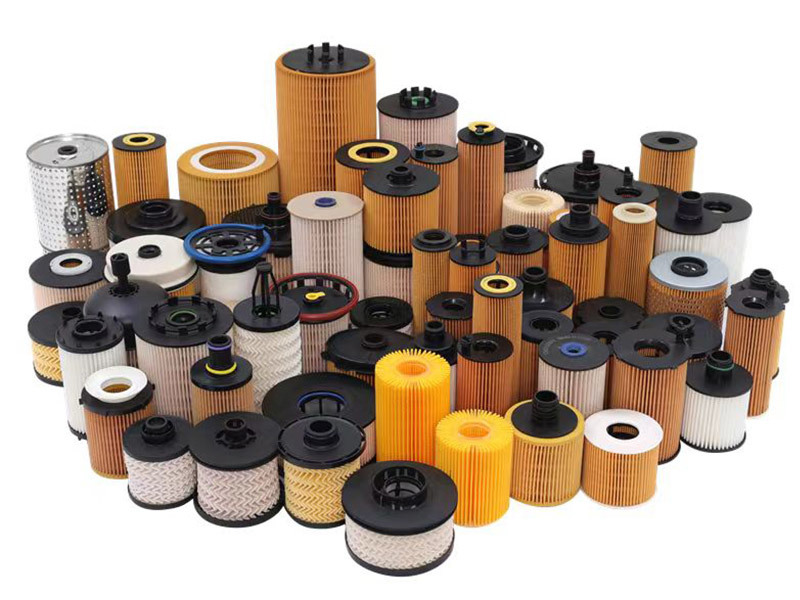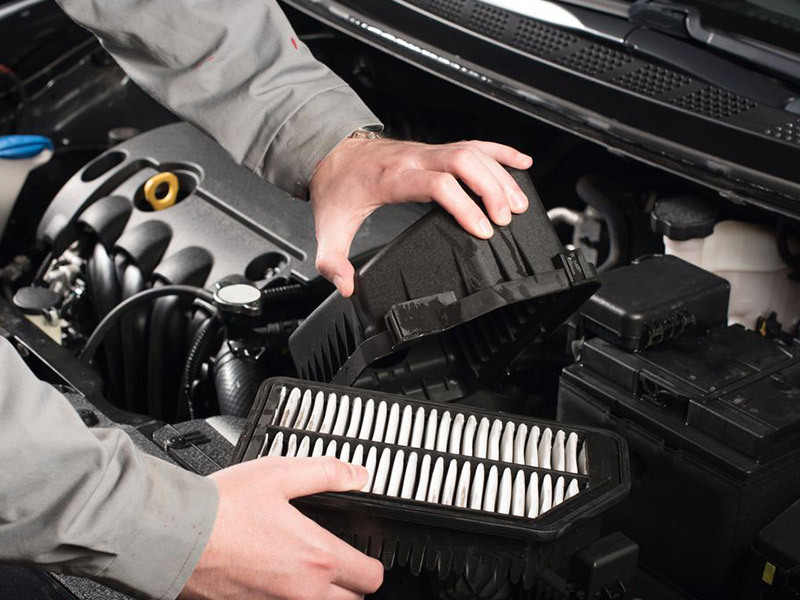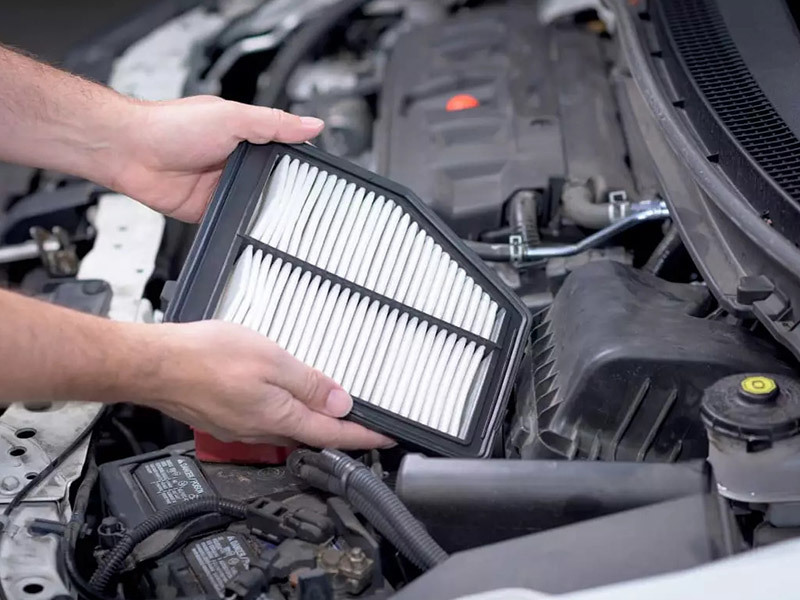Focus On Hot Spots
Contact Info
E-mail: tengsen@injenfilter.com
Business Phone: +86-18131928561
WhatsApp: +86-18131928561
Address: Ge Xianzhuang Zhen Wu Jia Na Cun Xi, Qinghe County, Xingtai City, Hebei Province
How to Properly Maintain and Care for Your PU Round Filter: A Comprehensive Guide
Release Time:
Aug 12,2025
How to Properly Maintain and Care for Your PU Round Filter Table of Contents What Is a PU Round Filter? Importance of Maintaining Your Filter Signs Your Filter Needs Attention Steps to Clean Your PU Round Filter How Often Should You Clean Your Filter? Best Practices for Filter Storage Troubleshooting Common Filter Issues Frequently Asked Questions Conclusion W
How to Properly Maintain and Care for Your PU Round Filter
Table of Contents
- What Is a PU Round Filter?
- Importance of Maintaining Your Filter
- Signs Your Filter Needs Attention
- Steps to Clean Your PU Round Filter
- How Often Should You Clean Your Filter?
- Best Practices for Filter Storage
- Troubleshooting Common Filter Issues
- Frequently Asked Questions
- Conclusion
What Is a PU Round Filter?
The PU round filter, made from polyurethane (PU), is designed to effectively separate solids from liquids or gases in various industrial applications. Its round shape allows for even filtration and high flow rates, making it a popular choice in automotive, aerospace, and manufacturing sectors. Understanding the composition and functionality of a PU round filter is essential for effective maintenance.
Importance of Maintaining Your Filter
Regular maintenance and care of your PU round filter are critical for several reasons:
1. **Performance Efficiency**: A well-maintained filter ensures optimal performance, improving the overall efficiency of your machinery or vehicle.
2. **Cost Savings**: By preventing premature wear and tear, proper maintenance minimizes the need for costly replacements.
3. **Operational Safety**: Clean filters reduce the risk of contamination, enhancing the safety of operations, especially in critical environments.
4. **Longevity**: Consistent care extends the lifespan of your filter, allowing you to maximize your investment.
Signs Your Filter Needs Attention
Recognizing the signs that your PU round filter requires maintenance is crucial. Here are some common indicators:
- **Reduced Flow Rate**: A noticeable decrease in fluid or air flow can signal a clogged filter.
- **Strange Noises**: Unusual sounds from machinery can indicate filter-related issues.
- **Visual Inspection**: Discoloration, dirt buildup, or physical damage to the filter are clear signs of neglect.
- **Increased Energy Consumption**: If your equipment requires more energy to operate, it may be due to a failing filter.
Steps to Clean Your PU Round Filter
Cleaning your PU round filter involves a systematic approach. Follow these steps for effective care:
Step 1: Gather Your Supplies
To begin, collect the necessary cleaning supplies:
- Soft brush
- Mild detergent (non-corrosive)
- Water
- Soft cloth or rag
- Bucket for rinsing
Step 2: Remove the Filter
Carefully remove the filter from its housing. Take note of its orientation for easier reinstallation.
Step 3: Initial Dusting
Use a soft brush to gently remove any surface debris or dust. This step prepares the filter for a thorough clean.
Step 4: Wash with Detergent
Mix mild detergent with water in a bucket. Submerge the filter and gently scrub with a soft cloth to remove stubborn dirt. Avoid using harsh chemicals that could damage the PU material.
Step 5: Rinse Thoroughly
After scrubbing, rinse the filter thoroughly under running water to remove all soap residue. Ensure no detergent remains, as it can interfere with the filter's performance.
Step 6: Dry Completely
Allow your filter to air dry completely before reinstalling it. Avoid direct sunlight or heat sources, as these can warp the material.
Step 7: Reinstall the Filter
Once dry, reinstall the filter in its original position, ensuring it fits snugly and is properly oriented.
How Often Should You Clean Your Filter?
The frequency of cleaning your PU round filter depends on several factors:
- **Usage Intensity**: Filters used in more demanding applications require more frequent cleaning.
- **Environmental Conditions**: Dusty or contaminated environments necessitate regular checks and cleaning.
- **Manufacturer Recommendations**: Always refer to the manufacturer’s guidelines for specific cleaning intervals tailored to your filter type.
As a general rule, aim for a cleaning schedule of every few weeks for heavy use and every few months for light use.
Best Practices for Filter Storage
Proper storage of your PU round filter when not in use can prevent damage and ensure its longevity. Follow these best practices:
- **Keep in a Cool, Dry Place**: Store filters away from direct sunlight and humidity to prevent degradation of the PU material.
- **Avoid Heavy Weight**: Do not stack heavy objects on top of the filter, as this can deform its shape.
- **Use Protective Covering**: If possible, store the filter in a protective case or bag to shield it from dust and debris.
Troubleshooting Common Filter Issues
Even with regular maintenance, filters can present issues. Here are some common problems and solutions:
Problem 1: Persistent Clogging
If your filter continues to clog despite regular cleaning, consider the following:
- **Inspect for Damage**: Check for tears or holes in the filter that may allow larger particles to pass through.
- **Reevaluate Usage**: You may need to switch to a more robust filter type for your application.
Problem 2: Decreased Performance
Should you notice a decline in performance:
- **Check Installation**: Ensure that the filter is installed correctly and seated properly in its housing.
- **Examine for Obstructions**: Look for any blockages in the filter housing that could impede flow.
Problem 3: Visual Damage
If you detect any visible damage:
- **Replace the Filter**: Damaged filters should be replaced immediately to prevent further issues.
Frequently Asked Questions
1. Can I wash my PU round filter with a pressure washer?
It is not recommended to use a pressure washer, as the high pressure may damage the filter material. Gentle washing with a soft cloth and mild detergent is preferable.
2. How do I know if my PU round filter is beyond repair?
If the filter shows signs of extensive wear, such as cracks or tears, it is best to replace it rather than attempt repairs.
3. Is it safe to use bleach for cleaning my filter?
No, bleach can break down the PU material. Stick to mild detergents designed for cleaning filters.
4. What should I do if my filter smells bad after cleaning?
A bad smell may indicate residual contaminants. Ensure thorough rinsing and consider soaking the filter in a vinegar solution if odors persist.
5. Are there any specific brands of detergent I should use?
Look for non-corrosive, biodegradable detergents that are safe for cleaning filters. Always check product labels for compatibility.
Conclusion
Maintaining and caring for your PU round filter is essential for ensuring optimal performance, longevity, and safety in your applications. By following the steps outlined in this guide, you can maintain your filter effectively, preventing costly replacements and ensuring smooth operation. Remember to recognize the signs that your filter needs attention, adhere to a cleaning schedule, and store it properly when not in use. With diligent care, your PU round filter will serve you well for years to come.
Key words:


